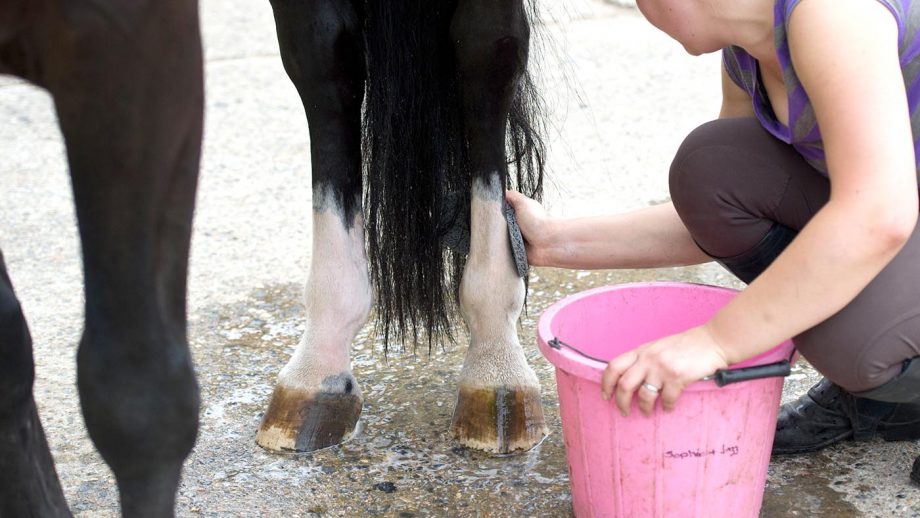For many horse enthusiasts, understanding the specifics of riding equipment, including the close contact jumping saddle, is essential for advancing their skills. Immediately capturing the attention of horse riders, this specialized saddle plays a pivotal role in jumping events. Learning about this type of saddle and its functionalities could significantly impact your riding experience.
When discussing what exactly constitutes a close contact jumping saddle, we delve into its design and purpose, gaining insights into how it aids both the horse and rider during a jumping course. This guide provides a comprehensive overview, bringing you closer to mastering its utility.

Distinguishing Features of a Close Contact Jumping Saddle
The close contact saddle possesses unique features that are distinctly different from other saddle types. Primarily designed for show jumping, its sleek design enables the rider to maintain a closer perch to the horse, providing optimum balance and agility.
Padding and Panels
One of the most significant components of a close contact jumping saddle lies in its padding systems. The panels are thinly padded, encouraging enhanced contact and communication with the horse. This feature is crucial for jumps, where a rider’s ability to anticipate and respond to the horses movements is vital.
Seat and Flap Design
The flatter seat and forward-cut flaps are distinctive aspects of this saddle. They facilitate a shorter stirrup length which is integral during a leap, offering the rider mobility and control. Learn more about selecting the right length through articles like measuring stirrup leathers.
Benefits of Using a Close Contact Saddle
This innovative design has revolutionized the equestrian field, providing several advantages that simplify the riding experience during competitive events. Here, we elaborate on the benefits that make a close contact jumping saddle an investment worth considering.
Enhanced Rider and Horse Communication
Reducing the bulkiness between the rider and horse allows for improved seat aids and responsiveness. This unencumbered communication is essential to form a strong rider-horse partnership.
Improved Stability Over Jumps
The strategic positioning this saddle permits ensures that both stability and control are maximized as the horse performs highly demanding jumps. The rider’s balance is better managed, contributing to successful landings and turns.
Choosing the Best Close Contact Jumping Saddle
Your choice should reflect both personal comfort and adaptability to your horse. An ill-fitting saddle can negatively impact performance and cause discomfort or injury to your horse.
Size and Fit
Understanding the correct saddle measurements is crucial. Check for appropriate fit, ensuring that it neither pinches nor wiggles when mounted. You might want to explore detailed resources, like saddle weights, to further assist you in your selection journey.
Material Choices
Saddles are typically made from high-quality leather or synthetic materials. Choosing the right material that aligns with your specific needs be it aesthetics or ease of maintenance is vital for a lasting investment.
Maintenance and Care of a Close Contact Saddle
To ensure longevity and maintain its functionality, proper care of your saddle is paramount. Heres how you can keep your saddle in excellent shape:
Regular Cleaning
Cleaning your saddle after each use removes dust and grime. A damp cloth and specific saddle soaps are recommended for leather materials, while synthetic ones can be wiped clean with mild cleansers.
Correct Storage
Always store your saddle in a cool, dry place away from direct sunlight. Investing in a protective cover keeps it shielded from potential damage.
Integrating the Saddle into Your Riding Routine
Incorporating the right equipment into your riding regime enhances your overall equestrian skills. Knowing how and when to use your close contact jumping saddle effectively is key to advancements.
Perfect Practice
Familiarize yourself with saddle nuances during regular practice sessions to maximize functionality. This approach boosts confidence and refines technique, geared toward achieving competitive goals.
Evaluating Performance
Constant assessment of how both you and your horse adjust to the saddle will provide feedback for improvement. Customizing training strategies based on these evaluations brings substantial positive outcomes.
Expert Recommendations and Considerations
Consulting industry experts or trainers when choosing or using a close contact jumping saddle is advantageous. They offer practical advice and tips for maximizing the use and selection of the right gear.
Trial and Test
Leverage trial periods offered by some retailers to test various saddles. This ensures an informed decision-making process relative to your specific needs and circumstances.
Seek Professional Guidance
Utilize professional insights that factor in distinct scenarios for optimal saddle use, addressing questions and clarifying concerns that arise during the saddle-search journey.

Frequently Asked Questions (FAQs)
What is a close contact jumping saddle?
A close contact jumping saddle is designed to create a close connection between the rider and the horse, enhancing communication and stability during jumps.
How do I know the correct size for my saddle?
To determine the right size, ensure the saddle fits your horse comfortably and does not impede movement. Checking regularly helps accommodate any changes over time.
Is a close contact saddle necessary for all jumping events?
While not mandatory, a close contact design is highly recommended for competitive jumpers seeking improved performance and craft mastery.
Reference: For more insights on equestrian practices, visit the comprehensive guides at Of Horse.







